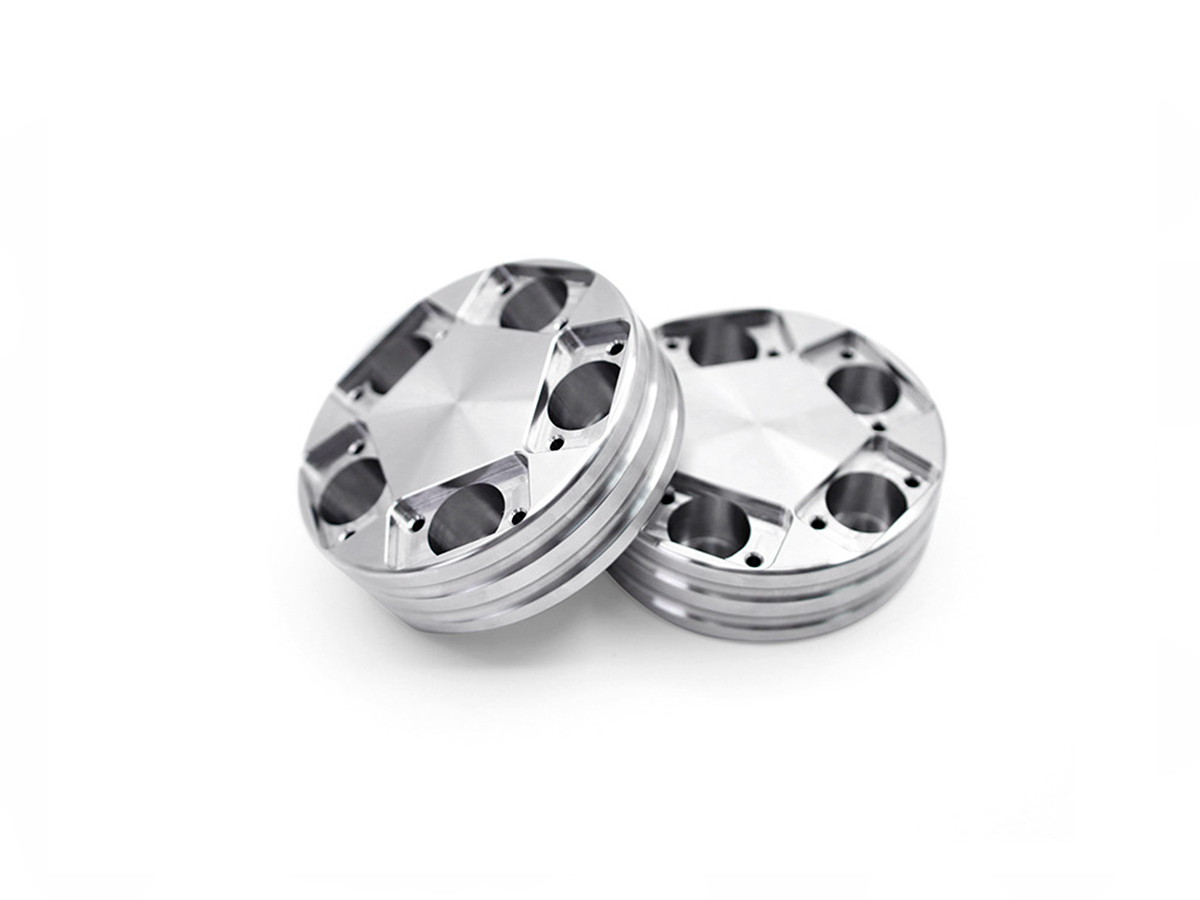CNC Machining for Intricate Medical Device Components with Strict Safety Standards
Introduction to CNC Machined Medical Device Components
The medical device industry demands precision-engineered components that comply with stringent safety standards. Custom CNC machining is crucial for manufacturing intricate parts used in surgical instruments, implants, diagnostic tools, and minimally invasive devices. Preferred materials include medical-grade stainless steel (SUS316L), titanium alloys (Ti-6Al-4V ELI), high-performance plastics (PEEK), and aluminum alloys (6061-T6), chosen specifically for their biocompatibility, strength, corrosion resistance, and sterilization capabilities.
Leveraging advanced CNC machining services, manufacturers produce precise, complex medical components, ensuring safety, compliance with ISO 13485, and consistent quality for patient-critical applications.
Material Performance Comparison for Intricate Medical Components
Material | Tensile Strength (MPa) | Yield Strength (MPa) | Biocompatibility (ISO 10993) | Corrosion Resistance (ASTM F2129) | Typical Applications | Advantages |
|---|---|---|---|---|---|---|
480-620 | 170-310 | Excellent | Outstanding (>1000 mV breakdown potential) | Surgical instruments, diagnostic components | Exceptional corrosion resistance, sterilization compatible | |
860-950 | 795-880 | Superior | Excellent (>1300 mV breakdown potential) | Orthopedic implants, surgical fasteners | Superior biocompatibility, high strength-to-weight ratio | |
90-100 | N/A | Excellent | Excellent (chemically inert) | Surgical instruments, implantable devices | Radiolucent, chemically resistant | |
310-345 | 276 | Good | Good (>800 mV breakdown potential) | Device enclosures, housings | Lightweight, easy sterilization |
Material Selection Strategy for CNC Machined Medical Components
Material selection is critical to ensuring the safety, compliance, and performance of intricate medical device components:
Stainless Steel SUS316L provides excellent biocompatibility, corrosion resistance, and sterilization compatibility, making it ideal for surgical tools and diagnostic instruments.
Titanium Ti-6Al-4V ELI is optimal for orthopedic and spinal implants due to its exceptional strength, superior biocompatibility (ISO 5832-3 compliant), and corrosion resistance in physiological environments.
PEEK Plastic offers high biocompatibility, chemical inertness, and radiolucency, making it suitable for components requiring compatibility with imaging systems and repeated sterilization.
Aluminum 6061-T6 is used for device housings and supports, offering lightweight properties and ease of machining, ideal for portable diagnostic equipment.
CNC Machining Processes for Intricate Medical Components
CNC Machining Process | Dimensional Accuracy (mm) | Surface Roughness (Ra μm) | Typical Applications | Key Advantages |
|---|---|---|---|---|
±0.005 | 0.2-0.8 | Complex implants, surgical devices | Exceptional complexity, accuracy | |
±0.005-0.01 | 0.4-1.2 | Surgical screws, cylindrical tools | Precise rotational geometry | |
±0.002-0.005 | 0.1-0.4 | Surgical blades, needle tips | Ultra-fine finishes, precision | |
±0.01-0.02 | 0.8-1.6 | Implant holes, assembly features | Reliable hole precision |
CNC Process Selection Strategy for Medical Device Components
Selecting the appropriate CNC processes ensures accuracy and safety compliance in intricate medical devices:
5-Axis CNC Milling precisely fabricates intricate geometries, essential for complex implants and ergonomic surgical instruments with tolerances within ±0.005 mm.
CNC Turning ensures accurate rotational symmetry and precision (±0.005 mm) necessary for cylindrical surgical components, pins, and fasteners.
CNC Grinding achieves ultra-tight tolerances (±0.002 mm) and exceptional surface smoothness required for surgical blades and fine-tipped devices, minimizing friction and improving safety.
Precision CNC Drilling guarantees accurate hole placement (±0.01 mm), critical for secure implant fixation and reliable assembly.
Surface Treatment Performance Comparison for Medical Components
Treatment Method | Surface Roughness (Ra μm) | Biocompatibility (ISO 10993) | Corrosion Resistance (ASTM F2129) | Surface Hardness | Typical Applications | Key Features |
|---|---|---|---|---|---|---|
0.4-1.0 | Excellent | Outstanding (>1200 mV breakdown potential) | N/A | Stainless components | Enhanced corrosion resistance | |
0.4-1.0 | Excellent | Excellent (>1000 mV breakdown potential) | HV 400-600 | Aluminum parts | Durable protective coating | |
0.1-0.4 | Excellent | Excellent (>1300 mV breakdown potential) | N/A | Implants, surgical tools | Smooth surfaces, reduced contamination risk | |
0.1-0.3 | Excellent | Superior (>1500 mV breakdown potential) | HV 1500-2500 | Surgical cutting tools | Exceptional wear resistance |
Surface Treatment Selection for Intricate Medical Components
Selecting the optimal surface treatments enhances the safety and reliability of medical components:
Passivation is essential for stainless steel parts, removing surface contaminants and maximizing corrosion resistance to meet surgical sterilization requirements.
Anodizing provides a durable, corrosion-resistant protective layer on aluminum components, improving longevity and cleanliness for repeated use.
Electropolishing creates ultra-smooth surfaces (Ra ≤0.4 µm) for implants and surgical instruments, significantly reducing bacterial adhesion and enhancing patient safety.
PVD Coating offers extreme surface hardness (HV 1500-2500), greatly enhancing the durability and wear resistance of surgical tools subjected to repeated use.
Typical Prototyping Methods for Medical Components
CNC Machining Prototyping: Delivers accurate functional prototypes (±0.005 mm) for clinical evaluation and regulatory approvals.
Rapid Molding Prototyping: Rapidly manufactures realistic prototypes enabling comprehensive functional testing.
Metal 3D Printing (Powder Bed Fusion): Quickly iterates intricate designs (±0.05 mm accuracy), allowing precise validation and optimization of complex components.
Quality Assurance Procedures
CMM Inspection (ISO 10360-2): Ensures dimensional accuracy within ±0.005 mm.
Biocompatibility Testing (ISO 10993): Confirms material safety and compatibility with biological tissues.
Surface Roughness Testing (ISO 4287): Guarantees compliance with industry standards.
Non-Destructive Testing (ASTM E1444, ASTM F601): Validates component integrity without damage.
ISO 13485 Certified Documentation: Ensures traceability, compliance with medical device regulations, and rigorous quality control.
Related FAQs:
How does CNC machining ensure medical device safety?
What materials meet medical CNC machining requirements?
Which surface treatments enhance medical component safety?
Why prototype intricate medical components?
How do CNC machined medical devices comply with safety standards?

